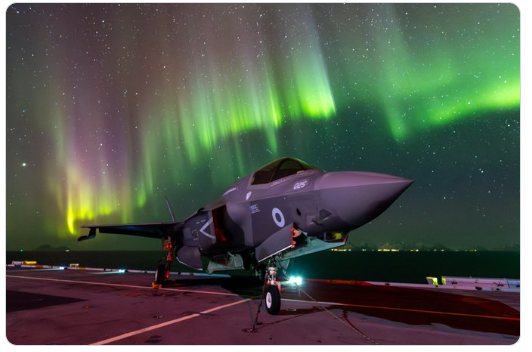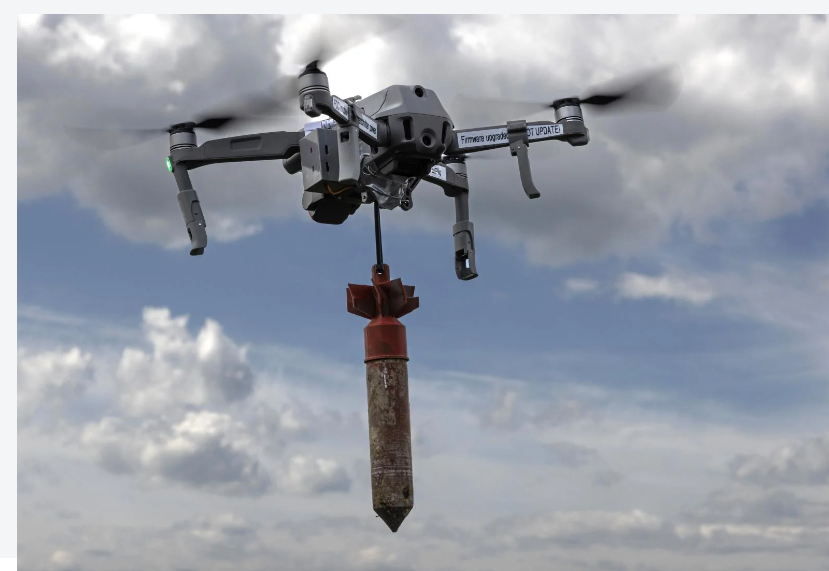In the early days of digital diplomacy nations placed an emphasis on developing an online presence with little regard to what that presence achieved or enabled. That is no longer the case. Nowadays digital diplomacy is used in all core functions of diplomacy. At the ministry level, social media is used to promote a national brand, influence multi-lateral negotiations and gather information for foreign policy makers. At the embassy level, social media is used to deliver consular aid in times of crisis, strengthen ties with national Diasporas and engage with local populations.
Yet while MFAs have integrated digital diplomacy into all their activities, one still finds great variance at embassy level digital diplomacy. So while one embassy is active online and tailors content to its followers’ interests, another settles for re-tweeting content shared by the ministry.
Variance in embassy level digital diplomacy is one of the major challenges facing MFAs looking to fully reap the benefits of digital diplomacy. In the past, it was suggested that digital diplomacy training is an effective way to overcome this hurdle and indeed many MFAs now train diplomats in the use of social media.
However, such training also has many shortcomings as the people managing embassy level digital diplomacy vary from place to place. In some embassies social media is managed by a trained diplomat while in other embassies it may be in the hands of a local employee or even the life partner of a trained diplomat. Moreover, social media managers only preform this task for short durations of time. Finally, one has to take into account that social media training is costly and necessitates a commitment of resources. Thus, the question that arises is how can MFAs effectively train embassy level digital diplomacy managers? The answer, I believe, rests on a four pillars.
1. Mapping embassy digital diplomacy managers
The first stage requires that MFAs map embassy level digital diplomacy managers and create general profiles. For instance, my recent studies have suggested that in most cases, digital diplomacy is managed by four possible profiles: the reluctant Ambassador, the life partner, the trained diplomat and the local employee. Each one of these tends to view social media, and practice it, very differently.
The reluctant ambassador is usually one who has been told that his embassy must be active online yet he himself has never engaged with the online world. In some cases he may be risk averse while in other cases he may simply have more faith in traditional forms of diplomacy such as lectures and face to face engagement. In both cases, however, his reluctance is translated into low levels of social media use in his embassy.
The life partner has arrived at the embassy following his or her spouse. Among many other responsibilities, he/she has been tasked with managing social media accounts. Often they have no experience in social media or media relations and are thus quite reluctant to dedicate much time and effort to this task.
The trained diplomat that has been tasked with social media is usually a press attaché. This in itself may be problematic as press attachés rely more on traditional media channels and conversing with journalist than on social media and conversing with the local population. Finally there is the local employee whose view on social media may vary greatly from person to person.
Yet perhaps the most important question relating to embassy social media managers is what age are they? Those below 32 are considered to be digital natives. These will most likely learn to swim in whatever technological waters they are thrown into. Those above 32 are digital immigrants who may find it difficult to acquire the skill necessary to tweets, post or snapchat on their own.
By mapping digital diplomacy managers, an MFA may be able to classify them into distinct groups and then assess the strengths and weaknesses of each group.
2. Identify strengths and weaknesses
Each of the groups described above may face different challenges when managing an embassy’s social media accounts. Below are some examples.

3. Define core capabilities
In this stage, the MFA must define the core capabilities that anyone managing social media must possess. These capabilities can relate to both skills and perceptions. For instance, a core skill of a social media manger may be the ability to publish a tweet or use a hashtag. A core perception is to understand fully how social media may be leveraged by a diplomat, an embassy and an MFA to achieve certain goals. For instance, press attaché’s need to realize the importance of conversing with online publics while ambassadors need to comprehend how social media campaigns can integrated into advocacy efforts.
These core capabilities must be developed among all those managing social media. However, other skills and capabilities may be quite dependent on who the social media manager is. Rather than turn all social media mangers into online whizzes, a process that will take years and will only be effective for a few years, MFAs should tailor training programs to each group identified above. Thus, MFAs should abandon the notion of training seminars in which one size fits all. In addition, MFAs should use the above mentioned groups to prioritize their work vis-à-vis embassies.
4. Tailored Training and MFA Priorities
Below is an example of how an MFA can tailor its training to the person managing social media at the embassy level. A core question in each instance relates to digital nativity as natives are more likely to explore new technologies and master them on their own.
Among ambassadors, the emphasis is on making them understand the manner in which digital diplomacy complements traditional diplomacy. Among press attachés the emphasis is on recognizing the manner in which digital diplomacy can set the media’s agenda and the importance of conversing with local populations while among local employees the focus is on tailoring.
 There is only one group in which digital nativity does not matter- the life partner. These are individuals who have no experience in diplomacy, foreign policy, media or social media. Thus it is unlikely that they will ever come to be digital diplomacy whizzes. As such, MFAs need allocate most resources to supplying such embassies with content and monitoring their online activity.
There is only one group in which digital nativity does not matter- the life partner. These are individuals who have no experience in diplomacy, foreign policy, media or social media. Thus it is unlikely that they will ever come to be digital diplomacy whizzes. As such, MFAs need allocate most resources to supplying such embassies with content and monitoring their online activity.
Summary:
An MFA who would follow the model illustrated above in this post would still demonstrate variance in embassy level digital diplomacy. Yet this variance would relate to each embassy’s particular strength. Following the ambassadors’ training most embassies would have some form of online presence. And while one embassy would utilize social media mostly in press relations or public engagement another would focus on delivering tailored content that best suites the needs and desires of its local social media followers. Most importantly, such an MFA would be able to allocate its resources effectively and provide aid and remote training to those embassies that most need it.




Leave a comment